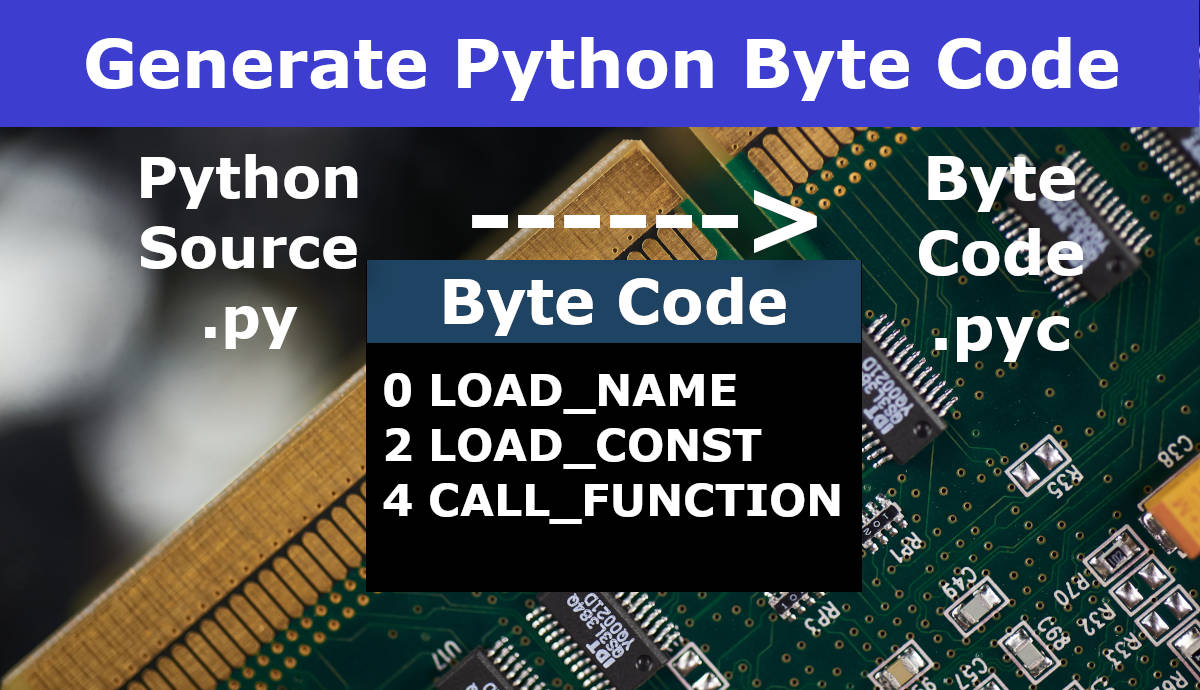

Reverse-engineering the database table generates Hibernate (Java) objects into the project. Project with both Hibernate and Spring capabilities The project now has both Hibernate and Spring capabilities.

MyEclipse creates a new applicationContext.xml file for you.Accept the default Spring version and target Runtime, and click Next.Right-click the project, and select Configure Facets>Install Spring Facet This menu option was updated in MyEclipse 2017.Then, when the application is deployed to production, the persistence implementation is switched back to the code that makes use of the main DBMS with no logging for improved performance. For example, you can swap in a persistence implementation that makes all its calls to an embedded DBMS or maybe logs all its activity. For the most obvious case, it makes testing much easier. Project with Hibernate capabilities and the Hibernate configuration fileįor small applications, using Spring might seem inconsequential, but when you see how easy it is to use Spring to swap out entire portions of your code base by simply adjusting references in your bean configuration file, you recognize the power of this tool.

When you reverse-engineer the database tables, the entities will appear in the Mappings section of the configuration file. The configuration file contains connection information from the connection profile. The project now contains all the Hibernate and JDBC libraries, and the file opens in the Configuration editor.


 0 kommentar(er)
0 kommentar(er)
